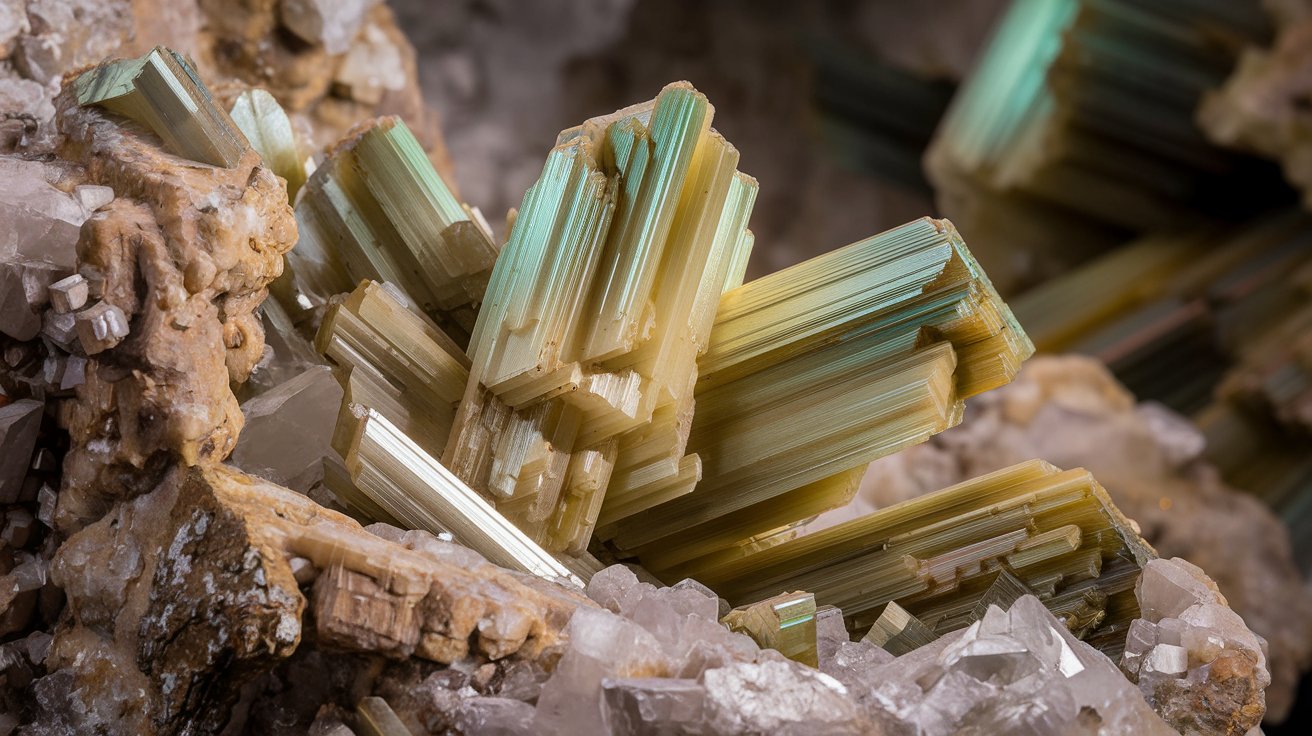
Lanthanum and Thallium are two fascinating elements on the periodic table, each with unique properties and uses. Lanthanum, symbolized as La, belongs to the rare earth elements and is known for its role in improving optical glass and camera lenses. On the other hand, Thallium, with the symbol Tl, is infamous for its toxicity but finds use in electronics and medical imaging. Both elements have intriguing histories, distinct characteristics, and applications that impact various industries. Ready to dive into 30 captivating facts about these elements? Let’s uncover the secrets of Lanthanum and Thallium!
Key Takeaways:
- Lanthanum is a versatile element used in lenses and hybrid car batteries, while thallium, known for its toxicity, has applications in electronics and medical diagnostics. Both elements have unique properties and industrial uses.
- Lanthanum, the first element in the lanthanide series, and thallium, a post-transition metal, have contrasting characteristics. Lanthanum is abundant and non-toxic, while thallium is highly poisonous and has a green spectral line. Both elements play crucial roles in various industries.
Lanthanum: The Rare Earth Element
Lanthanum, a rare earth element, holds a unique place in the periodic table. Its properties and uses make it an interesting subject for science enthusiasts. Here are some intriguing facts about lanthanum:
- Lanthanum is the first element in the lanthanide series, with the atomic number 57.
- Its name comes from the Greek word "lanthanein," meaning "to lie hidden," because it was difficult to isolate.
- Discovered in 1839 by Carl Gustaf Mosander, a Swedish chemist.
- Lanthanum is soft and malleable, making it easy to cut with a knife.
- It is often found in minerals like monazite and bastnäsite.
- Lanthanum oxide is used in camera and telescope lenses to improve clarity.
- It plays a crucial role in the production of hybrid car batteries.
- Lanthanum is used in carbon arc lamps for studio lighting and projection.
- It is added to steel to improve its malleability and resistance to impact.
- Lanthanum compounds are used in catalysts for refining petroleum.
Thallium: The Poisonous Metal
Thallium, known for its toxicity, has a fascinating history and a variety of applications. Here are some facts about this element:
- Thallium has the atomic number 81 and is represented by the symbol Tl.
- Discovered by Sir William Crookes in 1861 using flame spectroscopy.
- Its name comes from the Greek word "thallos," meaning "green shoot," due to its green spectral line.
- Thallium is highly toxic and was once used as a rat poison.
- It can be absorbed through the skin, making it dangerous to handle without proper protection.
- Thallium sulfate was used in the past to treat ringworm and other skin infections.
- It is used in the production of low-melting glass.
- Thallium is used in infrared detectors and optical fibers.
- It has applications in the electronics industry, particularly in semiconductors.
- Thallium is used in the medical field for stress tests to diagnose heart disease.
Lanthanum and Thallium: A Comparative Look
While lanthanum and thallium are quite different, comparing them reveals some interesting contrasts and similarities. Here are some facts that highlight these aspects:
- Lanthanum is a rare earth element, while thallium is a post-transition metal.
- Both elements are soft and can be cut with a knife.
- Lanthanum is not toxic, whereas thallium is highly poisonous.
- Thallium has a higher atomic number (81) compared to lanthanum (57).
- Lanthanum is used in green technologies like hybrid car batteries, while thallium is used in electronics and medical diagnostics.
- Both elements were discovered in the 19th century.
- Lanthanum is more abundant in the Earth's crust than thallium.
- Thallium has a green spectral line, whereas lanthanum does not.
- Lanthanum compounds are used in optical lenses, while thallium compounds are used in infrared detectors.
- Both elements have industrial applications, but their uses are quite distinct due to their differing properties.
Final Thoughts on Lanthanum and Thallium
Lanthanum and thallium, though not household names, play crucial roles in various fields. Lanthanum, with its applications in hybrid car batteries, camera lenses, and even in cancer treatment, proves its versatility. Thallium, despite its toxicity, finds use in electronics, medical imaging, and glass manufacturing. Both elements, part of the periodic table's lesser-known group, offer fascinating insights into chemistry and technology.
Understanding these elements helps appreciate the complexity and utility of materials science. Whether it's lanthanum's contribution to green technology or thallium's role in advanced electronics, these elements impact our daily lives more than we realize. Next time you use a hybrid car or a high-quality camera, remember the hidden heroes—lanthanum and thallium—working behind the scenes. Their unique properties and applications make them indispensable in modern science and industry.
Frequently Asked Questions
Was this page helpful?
Our commitment to delivering trustworthy and engaging content is at the heart of what we do. Each fact on our site is contributed by real users like you, bringing a wealth of diverse insights and information. To ensure the highest standards of accuracy and reliability, our dedicated editors meticulously review each submission. This process guarantees that the facts we share are not only fascinating but also credible. Trust in our commitment to quality and authenticity as you explore and learn with us.
